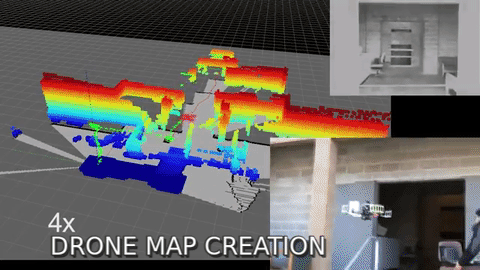Arduino. OpenCV. Kinect. AR Drone. CrazyFlie. Turtlebot. SLAM. 3D Mapping.
Some of those words may be familiar to you, some of them may not. There was a time when Robotics for us revolved around the Lego NXT and EV3 sets. After a few years, we got fed-up of only using 3 motors and 4 sensors and paying a ton for the extra stuff. That’s when we began working with the Arduino, making little ultrasonic sensor bots and enjoying a 16 servo robotic spider. If you’re done impressing people with that stuff (or just want to skip it altogether), read on:
Well there’s a step ahead of that, which allows you to use the tools of a Real Roboticist and expand any horizons in robotics you though ever limited you.
Dive into the world of the ROBOTIC OPERATING SYSTEM (ROS)
ROS is much like an operating system, but uses Linux to run. If you’re here, then you probably know the world of things ROS can do for advancing your robotics knowledge.
ROS can help you:
- Create vivid and accurate 3D reconstructions of your environment. The maxed-out team did something like this for their project.

- Completely automate drones and engage in localization in indoor environments like the Parrot AR drone, the Parrot Bebop drone. Upenn students used ROS to achieve this:

- Create amazing simulations of robots and allow them to interact with the environment, creating the perfect testing tool before actually creating your robot.
- Integrate it with the libraries you know, like OpenCV, numpy and scipy, even the Arduino IDE to create some amazing robots that could truly work under a range of situations.
Although it may be cliche to say this, especially now, the possibilities are absolutely endless.
There’s also a wealth of documentation online , so you can be sure that you’ll never ever run into a problem and get stuck for too long.
That being said, there are some prerequisites before you continue. You need to be good at Python, and have at least some remote understanding of how the Terminal works on Linux.
All that being said, continue on to the next lesson to learn how to install ROS Indigo on your Ubuntu LTS 14.04 .


